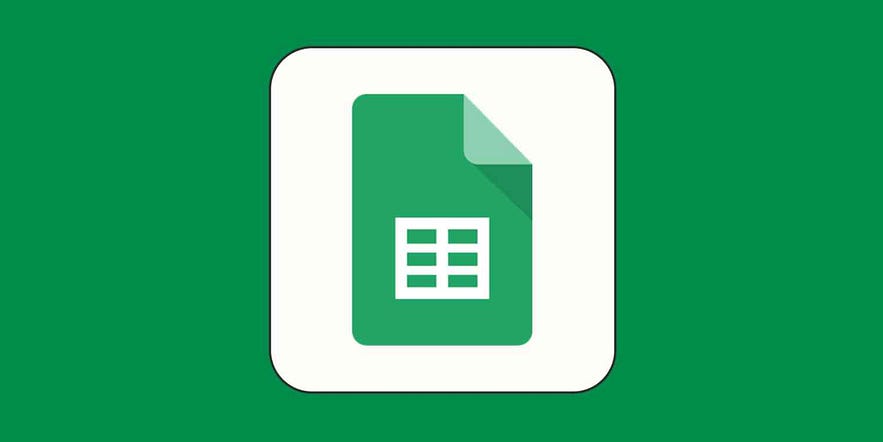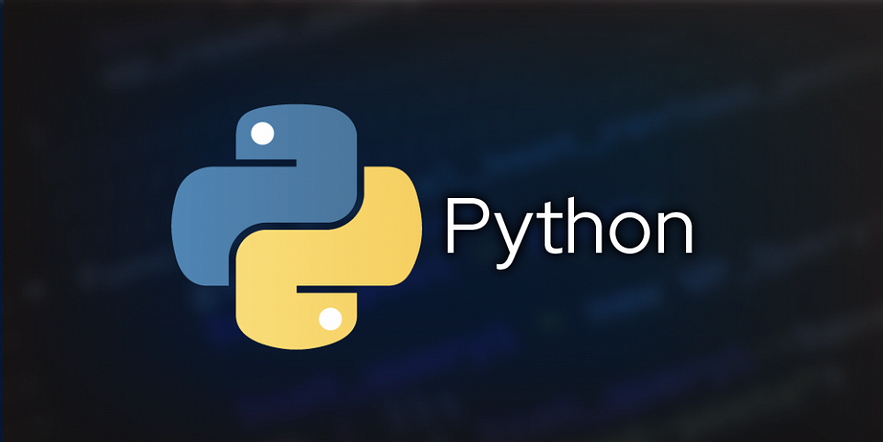Maximizing Your Data Analysis Potential: Choosing the Right Tools and Languages for the Job
Data analysis is the process of inspecting, cleaning, transforming, and modeling data to discover useful information and insights. It is an important process for businesses and organizations that want to make informed decisions and improve their operations. In order to perform data analysis, a variety of tools and languages can be used. In this blog, we will explore some of the most popular tools and languages for data analysis.
Tools and languages for Data Analysis:
- Microsoft Excel: Excel is one of the most popular data analysis tools in the world. It is a spreadsheet program that allows users to organize and manipulate data in a variety of ways. Excel has built-in functions for statistical analysis, making it a powerful tool for data analysis.
- Tableau: Tableau is a data visualization tool that allows users to create interactive dashboards and visualizations. It is a powerful tool for exploring and presenting data in a visual format.
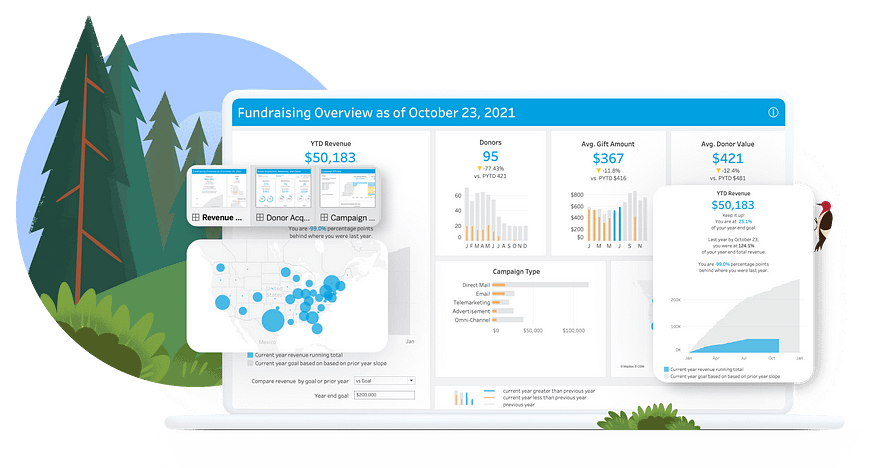
- R: R is a programming language for statistical computing and graphics. It is an open-source language and is widely used in data analysis and scientific research. R has a large community of users and a vast library of packages for data analysis.
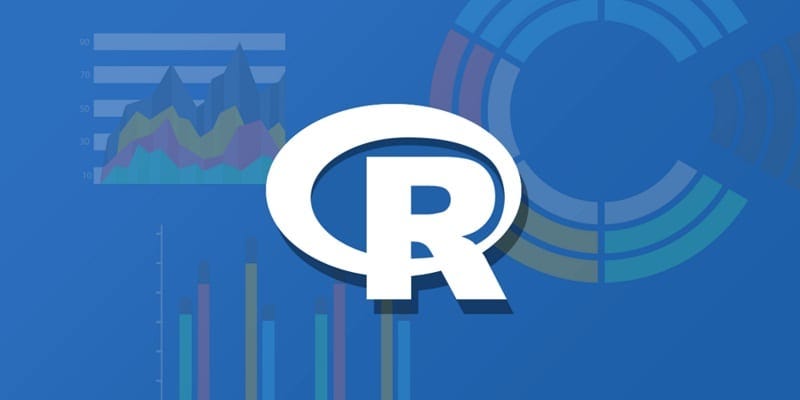
- Python: Python is a general-purpose programming language that has become increasingly popular in data analysis. Python has a wide range of libraries and tools for data analysis, including NumPy, Pandas, and Scikit-learn.
- SAS: SAS is a statistical software suite that is widely used in data analysis. It is a powerful tool for data management, data analysis, and data visualization.

- SQL: Structured Query Language (SQL) is a language for managing and manipulating data in relational databases. SQL is widely used in data analysis for querying and organizing large datasets.
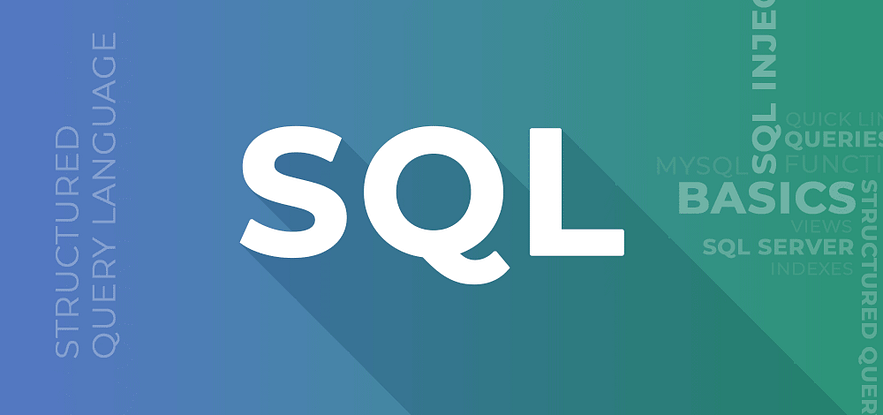
- MATLAB: MATLAB is a numerical computing environment and programming language. It is widely used in scientific research and data analysis.
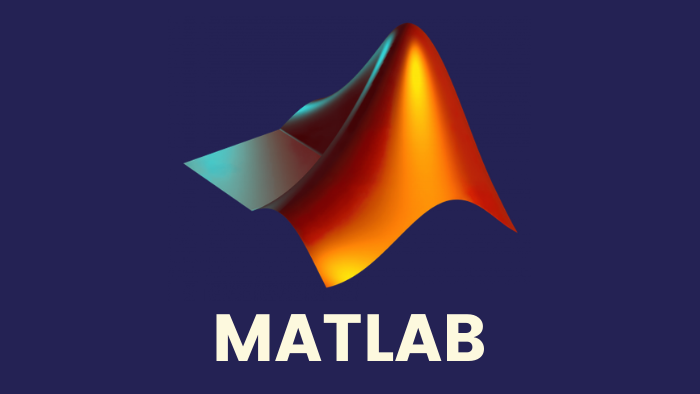
- Julia: Julia is a high-level dynamic programming language designed for numerical and scientific computing. It is a relatively new language but is gaining popularity in the data analysis community.

Conclusion:
Data analysis is an important process for businesses and organizations that want to make informed decisions and improve their operations. There are a variety of tools and languages available for data analysis, each with their own strengths and weaknesses. The choice of tool or language will depend on the specific needs of the user and the nature of the data being analyzed. By leveraging the power of these tools and languages, businesses and organizations can gain valuable insights from their data and make informed decisions.
